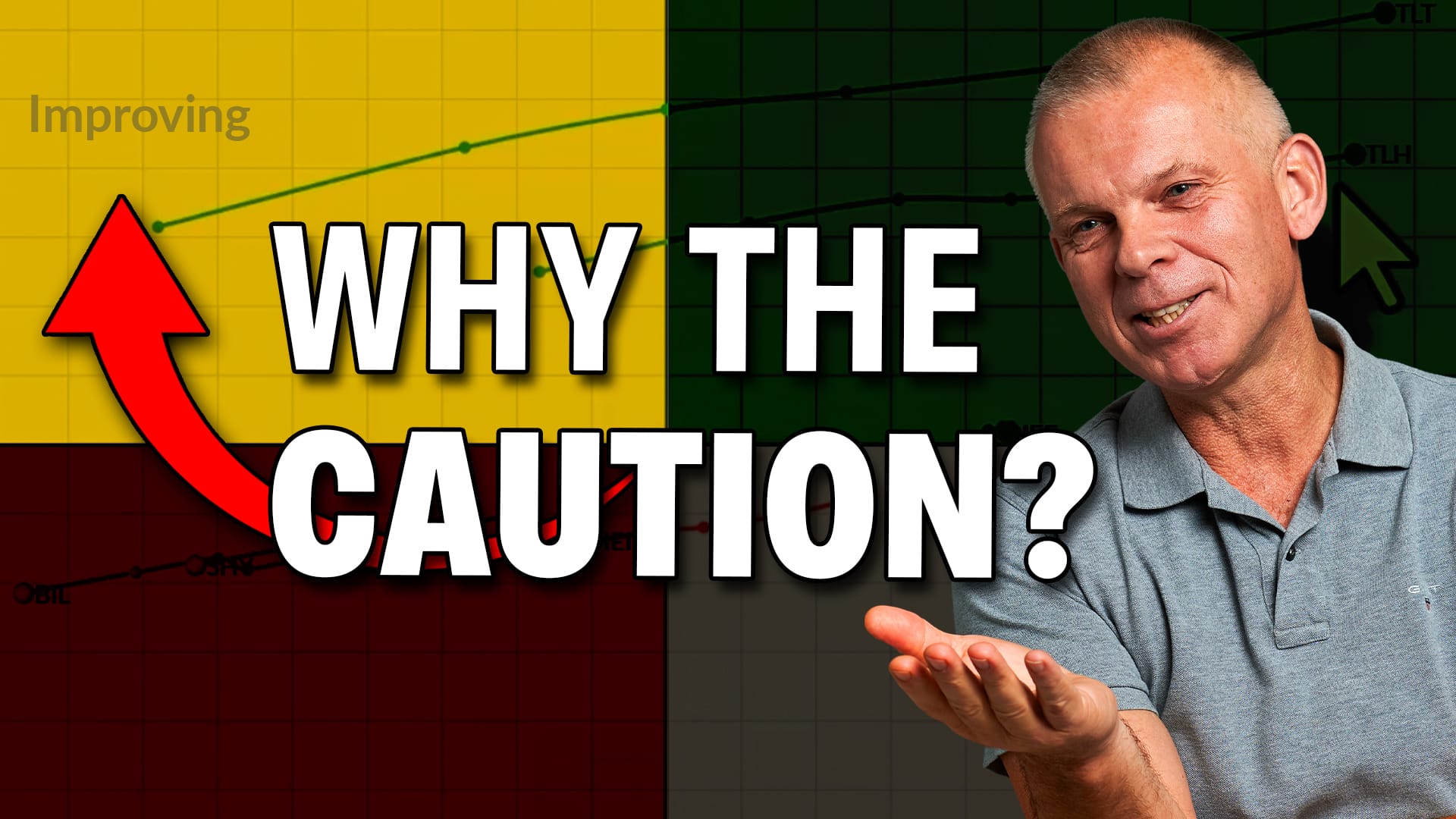VOLUME LEVELS SHRINK -- NEW 52-WEEK LOWS STILL OUTPACING NEW 52-WEEK HIGHS -- ELLIOTT WAVE COUNTS FOR SPY - QQQQ STALLS AFTER SURGE -- FOUR PROMINENT TECH STOCKS -- HEALTHCARE SECTOR SHOWS LEADERSHIP
VOLUME THINS AS HOLIDAY MODE HITS... Today's Market Message was written by Arthur Hill. - Editor
Volume levels on the NYSE and Nasdaq were below average on Monday and Tuesday. Low volume is typical for the period between Christmas and New Year's. In addition to these seasonal tendencies, it has been a rough year and many traders probably decided to take off a little early. With New Year's Day falling on a Thursday, I would expect trading levels to remain light until 5 January. While the market may indeed move during this time frame, low volume and thin trading make market movements difficult to interpret. Charts 1 and 2 show volume and breadth stats for the Nasdaq and NYSE. Both indices hit resistance from their 50-day moving averages over the last six days. $NYAD and $NAAD show area charts for net advances (advancing issues less declining issues). $NYUD and $NAUD show area charts for net advancing volume (volume of advancing issues less volume of declining issues). These indicators dipped into negative territory this week, but selling pressure was relatively limited as both remained above their early December readings. $NYHL and $NAHL shows Net New Highs for the Nasdaq and NYSE (new highs less new lows). Despite a rally to the 50-day moving average in the indices, new 52-week lows are still outpacing new 52-week highs. A bull market cannot get traction until there are more new 52-week highs than new 52-week lows.

Chart 1

Chart 2
ELLIOTT WAVE COUNT FOR SPY... Last week I discussed Dow Theory with an example showing the two down legs from 2008. Dow Theory suggests that there are three down legs in a bear market. The second leg is often the longest in both time duration and price movement. This made the May-November decline a good candidate for the second leg. Taking this one step further, it means a third leg is still expected, probably some time in 2009. In the meantime, a counter-trend rally could retrace 38-62% of the prior leg down. Chart 3 summarizes these findings.

Chart 3
Elliott Wave is quite different from Dow Theory, but a look at the potential wave counts reveals a prognosis similar to Dow Theory. Elliott Wave analysis suggests that the S&P 500 ETF (SPY) is currently in the fourth wave of a five-wave decline. Waves 1, 3 and 5 are deemed impulse waves because they in harmony with the underlying trend. Waves 2 and 4 are corrective waves that move counter to the underlying trend. According Elliott Wave Theory, Wave 3 is the largest of the five waves. The black numbers show the first three waves of the current decline. Wave 3 is clearly bigger than waves 1 and 2. In addition, notice how Wave 3 can be broken down into five waves (red numbers). Wave 4 ends with the green dotted line, which marks the forecast for this advance. This forecast jibes with the forecast for a counter-trend rally put fourth in Dow Theory. It is important to remember that this is considered a counter-trend rally. The bigger trend remains down and this provides a strong headwind for the bulls to fight.

Chart 4
QQQQ STALLS... After a big surge in late November, Chart 5 shows the Nasdaq 100 ETF (QQQQ) stalling with resistance around 30. Depending on how you see it, the cup is either half full or half empty. The cup is half full because the bulk of the late November surge is holding. The cup is half empty because QQQQ has yet to follow through on this surge. Applying a couple of lines reveals a small triangle or consolidation over the last three weeks. Of course, the last red candlestick is a work in progress as the week has yet to finish. These consolidation boundaries are the first levels to watch for a directional break. A move above resistance would argue for a continuation of the late November surge, while a move below support would argue for a test of the November lows. The bottom indicator window shows the relative strength comparative. Relative to SPY, QQQQ has been weak since early August. The relative strength comparative turned up in late November and is on the verge of a trend line break that would be positive for QQQQ.

Chart 5
FOUR PROMINENT TECH STOCKS... The next four charts show some prominent tech stocks and components of QQQQ. Apple (AAPL) is lagging after a wedge break and gap down last week. An inside day formed on Tuesday with a harami taking shape over the last two days. The decline over the last few weeks looks like a falling flag. Look for a flag break to reverse the three week slide.

Chart 6
In contrast to Apple, Oracle (ORCL) is showing relative strength and upside leadership over the last few weeks. The stock surged in early December, pulled back and surged again over the last two weeks.

Chart 7
Microsoft (MSFT) surged in late November and in early December, but fell back to test support around 19 over the last two weeks. Two doji formed this week as the stock stalled at support. Look for a break above last week's high to solidify support and show some strength.

Chart 8
After surging in late November and early December, Cisco (CSCO) pulled back with a falling flag pattern. These are potentially bullish consolidations. Bull flags slope down, while bear flags slope up. Despite being a potentially bullish pattern, the flag is currently falling and a break above 17 is needed to reverse the three week slide.

Chart 9
SECTORS LEADERS ... The major stock indices bottomed on 20 and 21 November with the S&P 500 up almost 8% from its November lows. The PerfChart below shows absolute performance for the nine sector SPDRs and the S&P 500. Since 21 November, the Financials SPDR (XLF) and the Consumer Discretionary SPDR (XLY) are the clear leaders with double-digit gains. These are the only two sectors that sport double-digit gains. Relative strength by these two sectors is positive for the market overall. Consumer discretionary is the most economically sensitive sector. The financial sector represents the banks, brokers and REITs, all of which were hit extraordinarily hard in the autumn. I also noticed some relative strength in the Healthcare SPDR (XLV), which is up almost 10% since 21 Nov. Healthcare is traditionally a defensive sector. The other two defensive sectors, utilities and consumer staples, underperformed over this period. Relative strength in healthcare is perhaps something to keep in mind as we head into 2009.

Chart 10
Happy Holidays to All!








